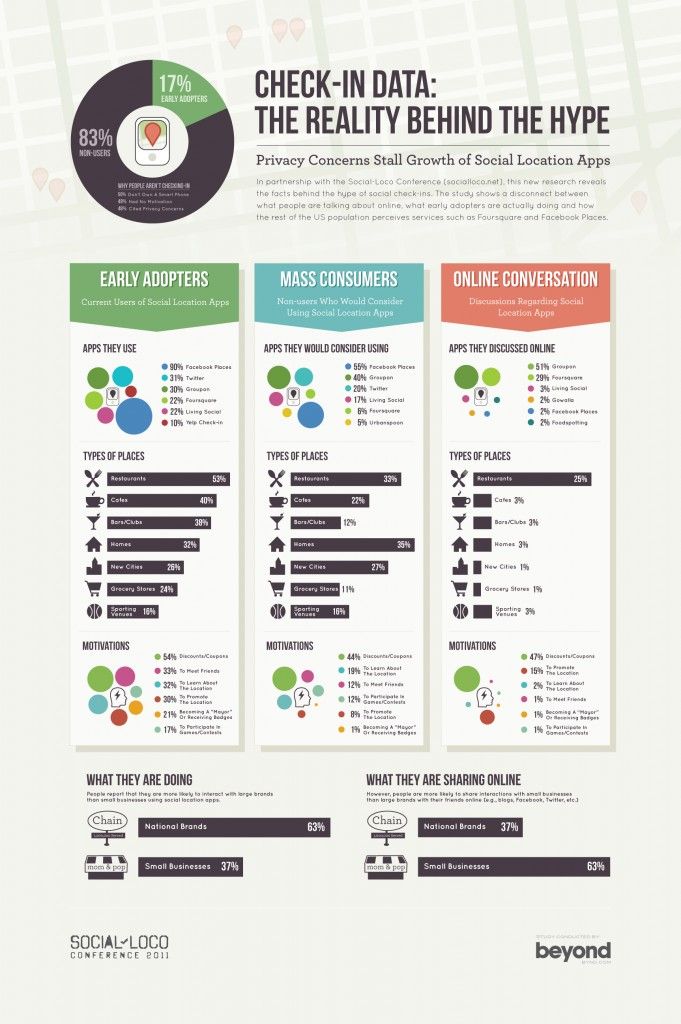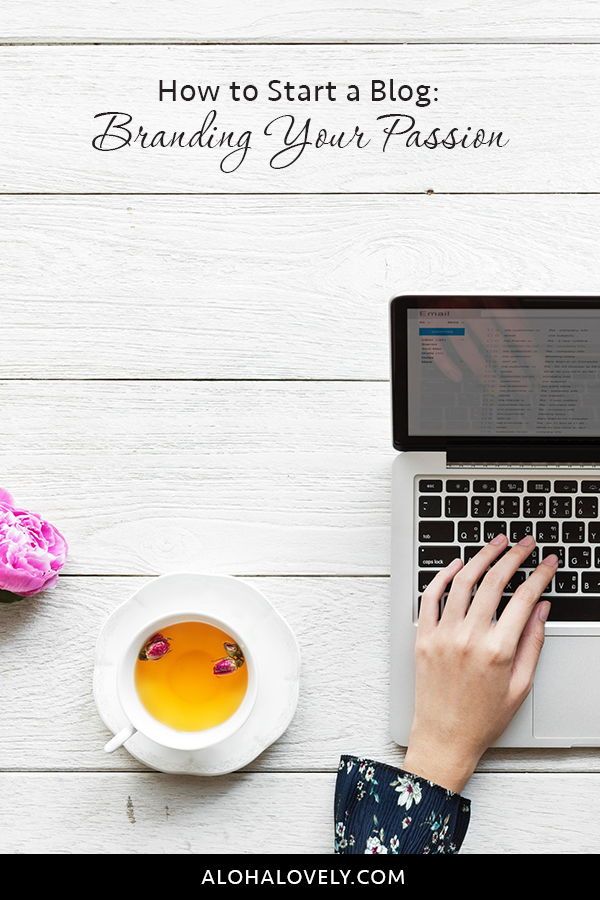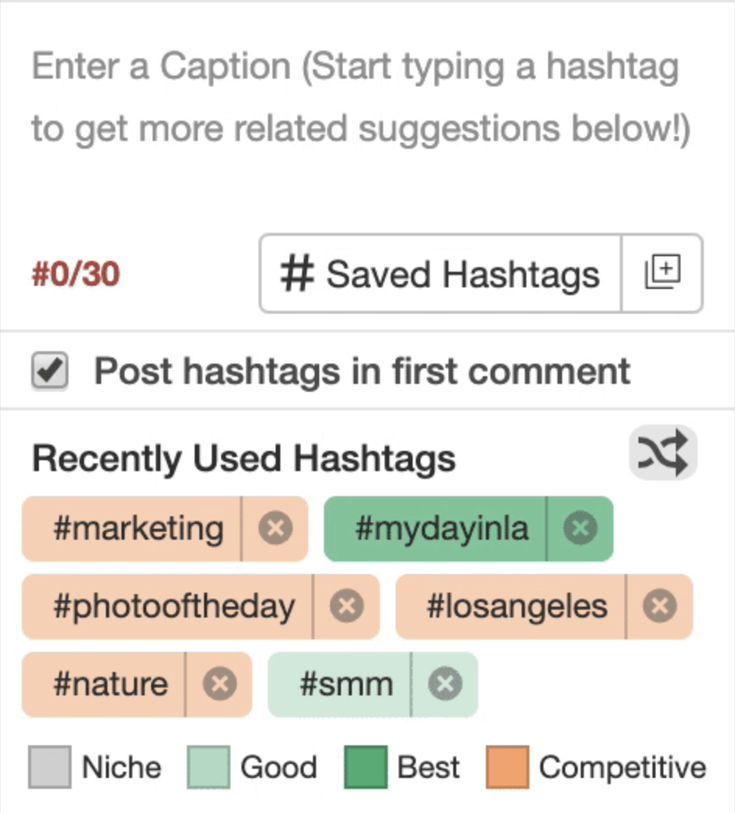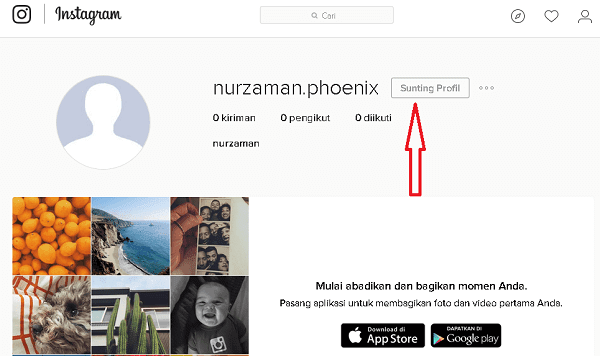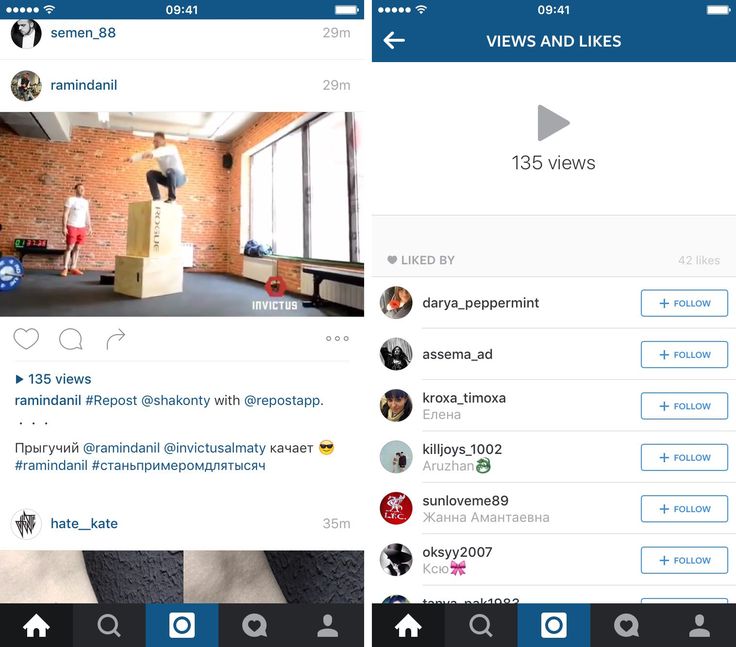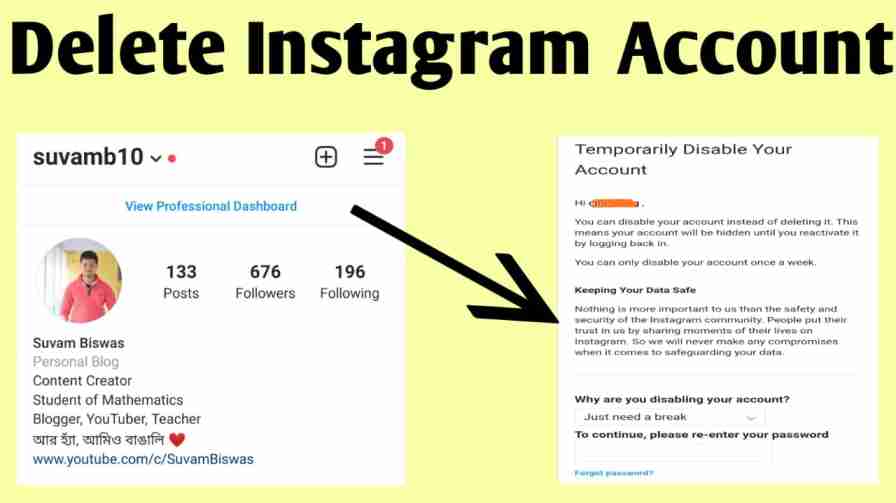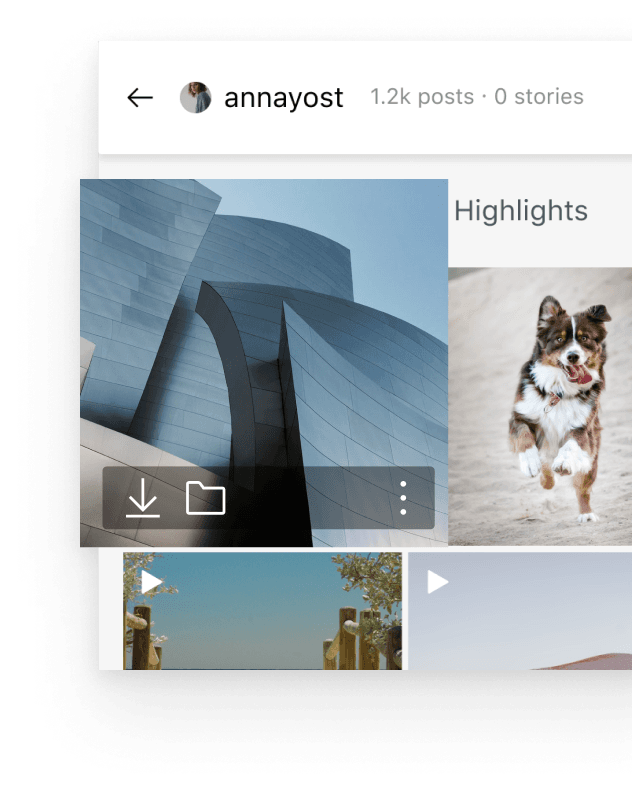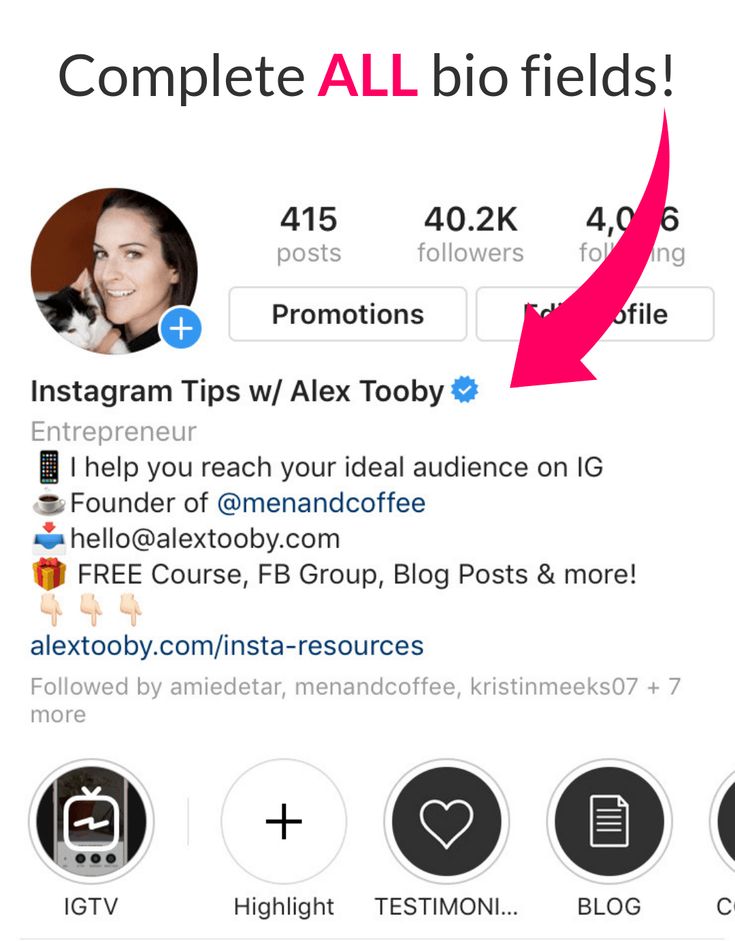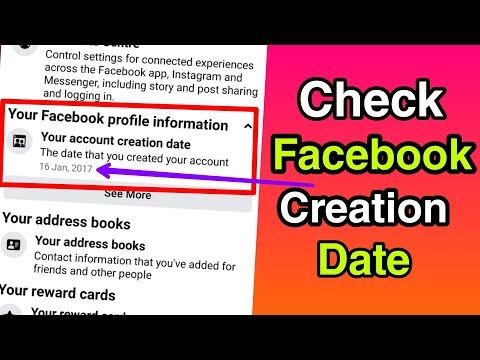How businesses are using facebook
How Small Businesses Can Use Facebook
- Facebook has more than 2.91 billion active users, making it a vital platform for small business sales and social media marketing.
- A Facebook Business Page can connect you with customers and offer key information about your business, products, services, and upcoming events.
- Facebook Ads and Messenger Ads are highly targeted and effective ways to reach potential customers.
- This article is for small business owners interested in using Facebook to improve their social media marketing and advertising strategies.
Every small business can benefit from a Facebook presence. With more than 2.91 billion monthly users, Meta – the Facebook company’s new name – gives small businesses many ways to promote their services, increase customer support, and boost sales and recognition through their Facebook platform.
Using Facebook for your small business may seem challenging because the platform’s rules and algorithms change frequently. However, with the right strategies, Facebook is one of the best ways to use social media for business.
One of Facebook’s biggest strengths is allowing you to target a specific audience through paid campaigns and advertisements. The platform maintains a significant amount of information about its users, which can be advantageous when targeting ads. In addition, creating a Facebook Business Page can be an effective small business marketing tool.
Here’s a look at the various ways to use Facebook to benefit your business and maximize your efforts.
Did you know? Facebook’s business offerings used to be grouped under the Facebook for Business umbrella. Now, these business tools are called Meta for Business, reflecting the company’s new branding.
What is a Facebook Business Page?
A Facebook Business Page is like a free business website companies can build on to expand their internet presence. Like a personal Facebook profile, your Facebook Business Page includes functionality for sending and receiving messages, posting updates, getting notifications and interacting with other users’ content through liking, sharing and commenting.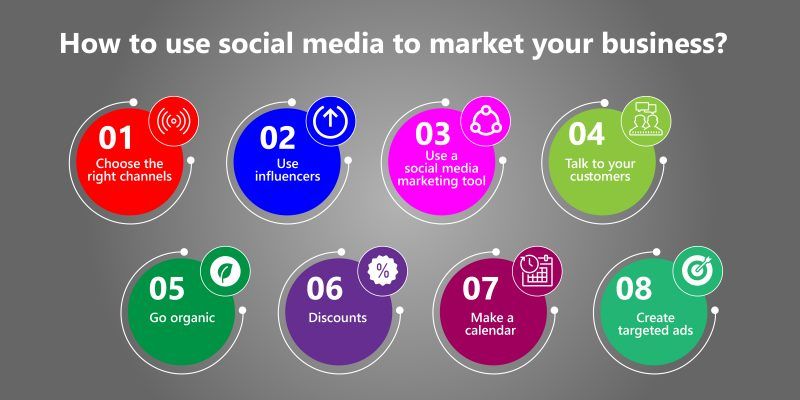
Of course, given how many companies have a Facebook presence, you’ll need your Page to stand out from the crowd to draw significant attention to your business. If you’re questioning whether the work that goes into distinguishing your company on Facebook is worth it, the many benefits of Facebook Business Pages may convince you to invest the time.
Key takeaway: A Facebook Business Page is a free resource that helps you to connect with customers and grow your online audience. Like email retargeting, Facebook allows you to reach a captive audience.
Benefits of a Facebook Business Page
If you create a Facebook Page for your company, you can use it to do the following:
1. List basic contact information.
If people wonder when your phone line or storefront is open, they may visit your Facebook Page to find out. They’ll also want to know your address if you’re a storefront or your support-line email if you offer services remotely. A Facebook Business Page is a one-stop shop for listing all of this information.
2. Engage new and longtime customers.
Not even your most loyal customers see what happens inside your business on a day-to-day basis – that is, unless you regularly share elucidating social media content with them. A Facebook Page is a great place to post shots from inside your storefront or behind the scenes with your support team. You can also boost customer engagement by updating followers on new products and discounts.
3. Know your audience.
When you have a Facebook Business Page, you’ll have access to audience insights and demographics. You can use the data provided to inform a robust demographic marketing strategy and better target your campaigns.
4. Lessen marketing costs.
Starting a Facebook Business Page is free, and many additional Facebook marketing and analytics features are either free or inexpensive. Integrating a Facebook Business Page into your marketing plan is a budget-savvy way to reach more people – potentially an audience of billions – with less money.
5. Boost web traffic.
By linking to your company’s website on your Facebook Business Page, you’ll drive more traffic to your website. The more people you get to your website, the better the chances of people reading in-depth descriptions of your products and services. Better yet, if you sell products online, people who jump from your Facebook Business Page to your website might even buy something.
6. Improve SEO.
Facebook Business Pages are good for more than just your social media presence; they’re also a boon to your rankings in search engine queries.
Tip: When your company website is Google mobile-friendly, you’ll do better in search engine rankings, because Google prioritizes mobile page load speed as a key metric.
How to create a Facebook Business Page
Now that you know some of the benefits of having a Facebook Page for your business, it’s time to start creating one. Follow these steps to set up your Page:
1. Create your Facebook Business Page.

The first step in creating a Facebook Business Page is to ensure you’re setting up the right type of account. Remember that you are creating a Facebook Page, not a Facebook profile.
A profile is a personal Facebook account designed to share personal information and photos with friends and family. Pages are public profiles that let businesses and public figures connect with fans and customers. Users just have to “like” a Page to start seeing updates from the Page on their News Feed.
Go to Meta’s Set Up a Facebook Page weblink to get started.
2. Answer questions.
To create a Facebook Business Page, you must already have a personal profile and follow the on-screen instructions. When creating a Page, the company will ask for some information, such as a category to describe your Page and your business’s name, address and phone number. It’s crucial to include as much information as possible so that customers can easily recognize your Page and find information about your business.
3. Add profile and cover photos.
You have the option to upload profile and cover photos to your Facebook Business Page. It’s good practice to do so, as attractive graphics and a visual brand lead to better engagement rates with your content.
4. Fill in the appropriate Page sections.
You can add many sections to a Facebook Page, but not every section will be a good fit for your business. Here are some sections you should consider adding:
- Home: This section is where all your updates and posts live. It’s also the first section users see when they visit your Page.
- About: The About section is one of the most essential parts of your Facebook Page. Fill it out with your address, business details, contact information, hours and website URL. Many people go online to find specific information about a business; don’t let your potential customers down by keeping this page blank.
- Community: The Community section is where posts, photos and videos from customers show up.
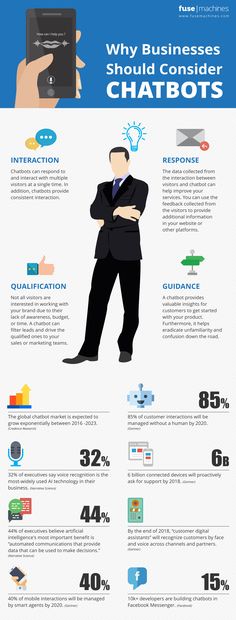 Customers can also check out your store here. This is an excellent place for your audience to interact and learn more about your company.
Customers can also check out your store here. This is an excellent place for your audience to interact and learn more about your company. - Events: You can create event pages and promote upcoming events in this section. Once you create an event on Facebook, you can invite people and share specific information about it all in one place.
- Info and ads: This section is designed to add transparency to your Page. It shows your followers any Facebook ads you’re currently running.
- Offers: You can post discounts or deals in this section. This is an easy way to encourage people to come to your Facebook Page. Ask customers to like your Page and find a deal on it.
- Posts: This section shows all your posts, including timeline photos and updates.
- Reviews: Under the Reviews tab, customers can write a review and indicate if they would recommend your business. Ratings show up at the top of your Page.
 Although you can hide the Reviews tab, you may not want to, as it provides valuable feedback to you and potential clients. Reviews help verify your business and make it easy for customers to recommend your products or services.
Although you can hide the Reviews tab, you may not want to, as it provides valuable feedback to you and potential clients. Reviews help verify your business and make it easy for customers to recommend your products or services. - Services: You can showcase your services in this section. You can also add information about your specialties – including photos, descriptions and pricing.
- Photos: The Photos tab features the images you’ve posted on your timeline.
- Shop: You can add your inventory to this section so users can buy your products directly from Facebook. Sales are sent to your bank account, and it’s an easy way to start dabbling in e-commerce.
Did you know? One little-known Facebook benefit is that it has been shown to boost employee productivity. A 10-minute Facebook break at work can make workers happier, healthier and more productive.
What are Facebook ads and boosted posts?
If you’re having problems reaching users organically, try paid advertising options like boosted posts or Facebook ads. Boosted posts are posts you place on your Facebook Page; you pay a fee to “boost” the post to a target audience. On the other hand, Facebook ads offer more functionality and placement choices.
Boosted posts are posts you place on your Facebook Page; you pay a fee to “boost” the post to a target audience. On the other hand, Facebook ads offer more functionality and placement choices.
Boosted posts and Facebook ads make it easy to target a specific audience. Target people who like your Page or segment by location, age, gender and interests. Because the platform collects user data, it can target your advertisement to those most likely to be interested in your product or service.
Should you use boosted posts or Facebook ads?
Boosted posts and Facebook ads can both be valuable elements of your marketing strategy.
Here are some benefits of boosted posts:
- Simple tactic: Boosted posts are the simplest way to advertise on Facebook. You choose your target audience, set a budget and determine your campaign’s length. When the post is approved, your target audience will see the post in their News Feed during the campaign.
- Online advertisement: While they have fewer customization options, boosted posts are still considered ads and will be listed as ads on your billing statement.
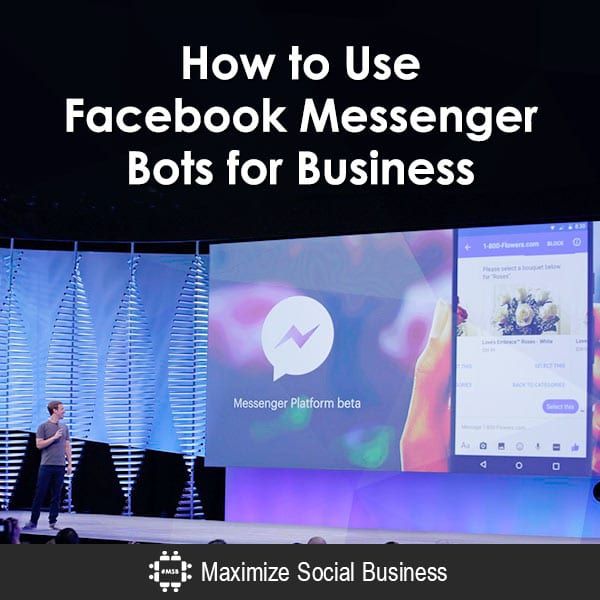
- Brand awareness: Boosted posts are an excellent way to build a brand, foster brand awareness, and gain comments and shares.
These are key features of traditional Facebook ads:
- Customization options: You have more customization options with Facebook ads.
- Support tools: You’ll create Facebook ads in the comprehensive Ads Manager platform.
- Creative sharing: You have options like sharing the ad to Instagram, Instagram Stories and Messenger, and choosing placement locations, such as on the side of the News Feed.
- Higher control: You create and manage the ad, and select objectives like tracking conversions and lead generation. You also receive deeper targeting capabilities.
Tips for placing Facebook ads
Since boosted posts are straightforward with fewer options, we’ll focus on maximizing your Facebook ads’ effectiveness. However, many of these tips also apply to boosted posts.
1. Set goals for ads.
Ads are most effective when they have a clear objective. A clear objective will also help you track your ad’s progress and can help you assess if your marketing strategy needs tweaking. For example, some organizations want to use ads to get people’s attention, while others want people to engage with content or links.
Facebook defines two common ad types – dynamic and lead – to help businesses accomplish their goals. Dynamic ads promote relevant items from your product catalog and retarget them to people who have shown interest in your site. Lead ads give viewers an easy way to get the information they’re seeking.
2. Select your audience and choose the location.
To target the correct audience, you need to define the ads’ reach. Facebook allows you to adjust your audience using the following criteria: location, demographics, interests, behavior and connections.
Location can help you with a local marketing strategy, narrowing down people in your general area who may find your products or services more relevant than someone in a different state or country.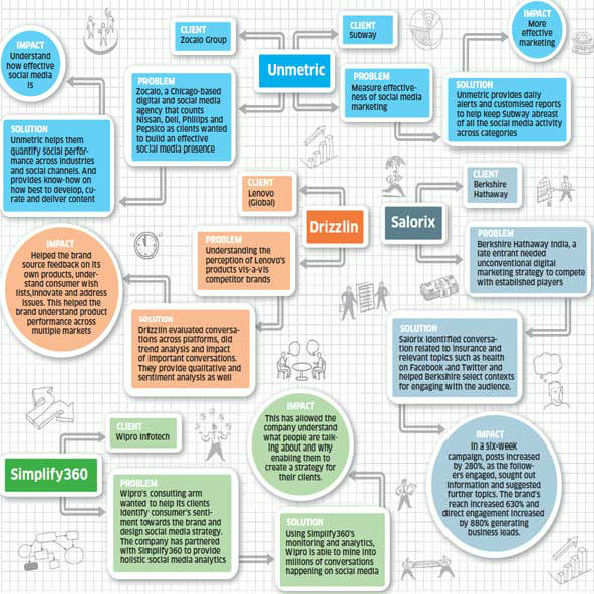 Demographics allows you to choose the age range, gender and job title of your target audience.
Demographics allows you to choose the age range, gender and job title of your target audience.
Use the interests, behavior and connections criteria to narrow your audience even further.
Did you know? Facebook is the most useful platform for reaching an older demographic.
3. Set your budget.
As mentioned earlier, Ads Manager is Facebook’s ad management tool. It allows you to purchase ads for Facebook, Instagram and Audience Network, which shows Facebook ads in other publishers’ apps.
Buying an ad requires you to create one and then submit it to Facebook’s ad auction. The ad auction allows you to set the parameters used to deliver your ad – including your budget. You’ll need to determine how much money you want to spend daily and over time.
Facebook’s ad auction requires you to set a “bid,” which is the maximum amount of money you are willing to pay when someone sees or engages with your ad.
4. Create compelling ad copy.
In marketing, everything ultimately comes back to how good your copy is, and Facebook ads are no different.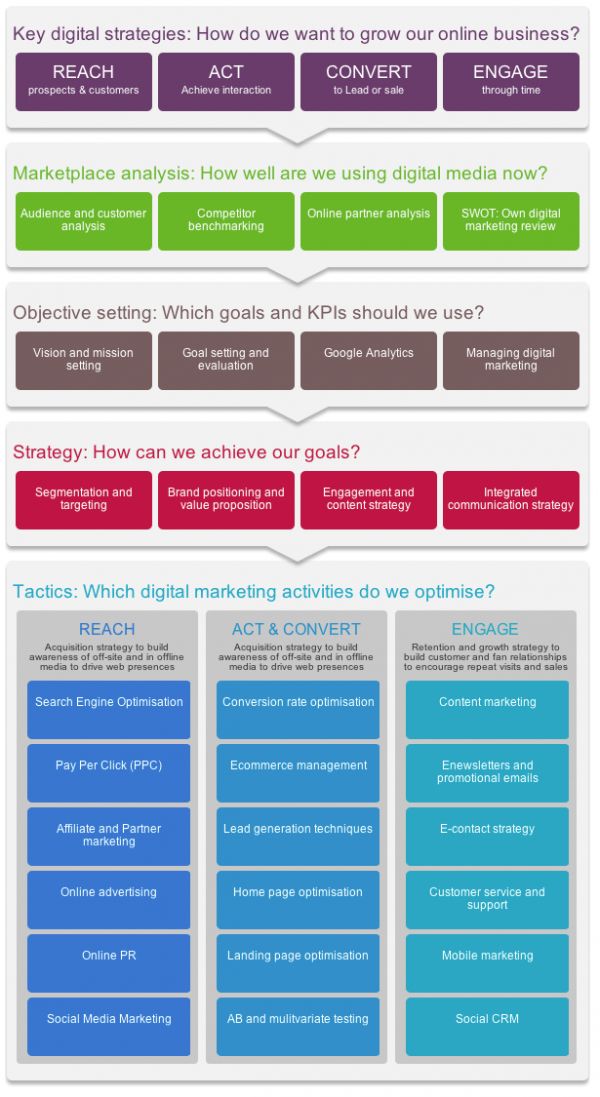 Regardless of what type of ad you choose to run, the copy you write must speak directly to your ideal customer and make them want to listen to you. To do this effectively, you have to know precisely who you are targeting and what you want them to do.
Regardless of what type of ad you choose to run, the copy you write must speak directly to your ideal customer and make them want to listen to you. To do this effectively, you have to know precisely who you are targeting and what you want them to do.
Here are the primary written components of your ad:
- Headline: Start with the headline. Don’t fill it with a boring list of features or blatant marketing jargon. Instead, make it conversational and engaging. When developing your ad, the field listed as the headline is essentially the first sentence above the image; it needs to be as good as the first line in your favorite novel if you want people to keep reading instead of scrolling past.
- Description: Use the description field to combat any anticipated objections. This text will be prominently displayed beneath the image and is easily visible without the viewer clicking to read more. If viewers learn that your offer is completely free or has a money-back guarantee as they are scrolling, you may get them to stop and reconsider.
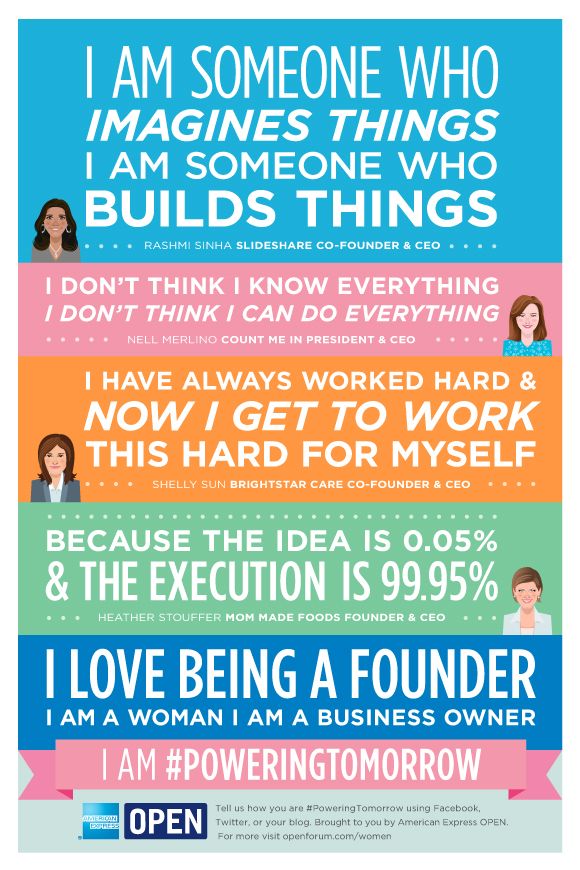
Keep in mind that the copy you write will likely need to be changed for different audience segments even if the offer is the same. Additionally, it’s essential to try out different combinations and test them to determine the most effective.
Tip: Prioritize simplicity in online ads. Simple ads are more effective at capturing attention than complex ones.
5. Use images and video.
You need eye candy if you want people to pay attention to your copy. This can be a carefully curated image that visually articulates your offer or brand, or it can be a video that people will want to watch.
If you use stock images, use high-quality images relevant to the advertising copy. Facebook has several image and text rules about image types and the ratio of words allowed on ad images.
It can often be more effective to opt for video for your Facebook ads. People love to watch videos online, and editing video is easier than ever thanks to the growing field of user-friendly video-editing apps.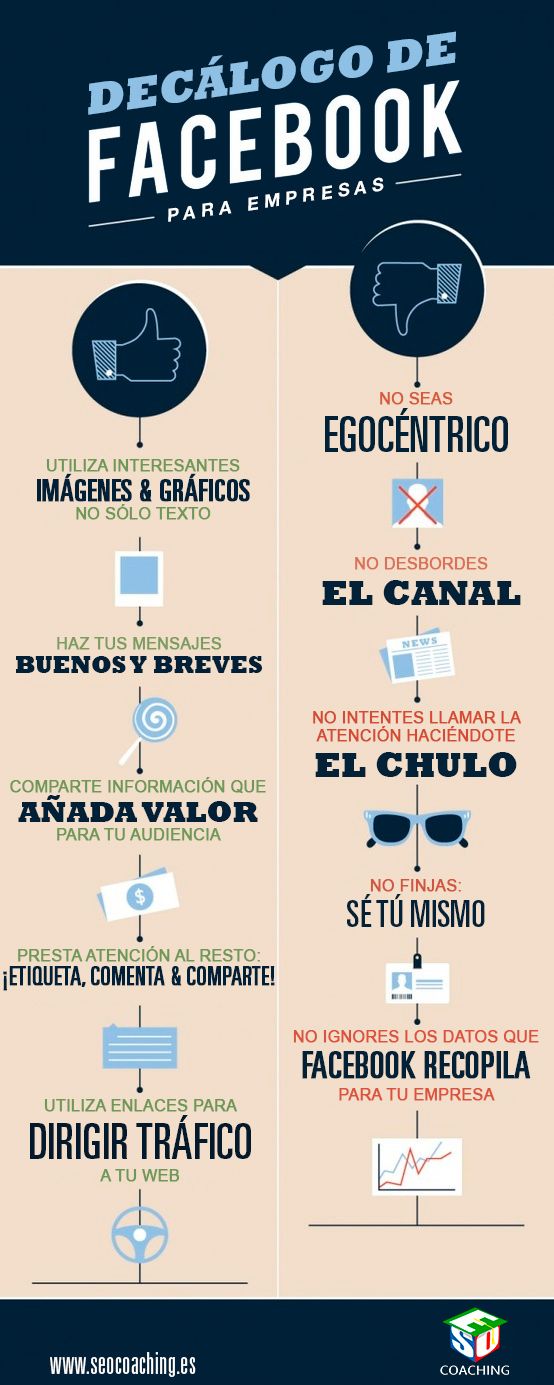
Tip: When using videos and images in your ads, be sure to avoid copyright infringement, or the creator could hold you liable. Find a free-use image or get the content creator’s permission first.
6. Create Messenger ads.
Messenger ads are still in the Wild West marketing phase, making it the ideal time to jump on the bandwagon. The wonderful thing about Messenger ads is they are delivered directly to customers’ Messenger app, along with messages from their friends, co-workers, and family. It’s an intimate space that still feels very personal, primarily because few businesses use this platform.
It is essential to keep this feeling of intimacy at the forefront of your mind when creating ad experiences for Messenger. To do this effectively, you’ll want to utilize a chatbot service to build full campaigns. This process allows you to ask your subscribers a question or offer them something of value. You can then create an automated experience that moves them further along the sales funnel in a way that feels less like a sales pitch and more like a friend offering advice.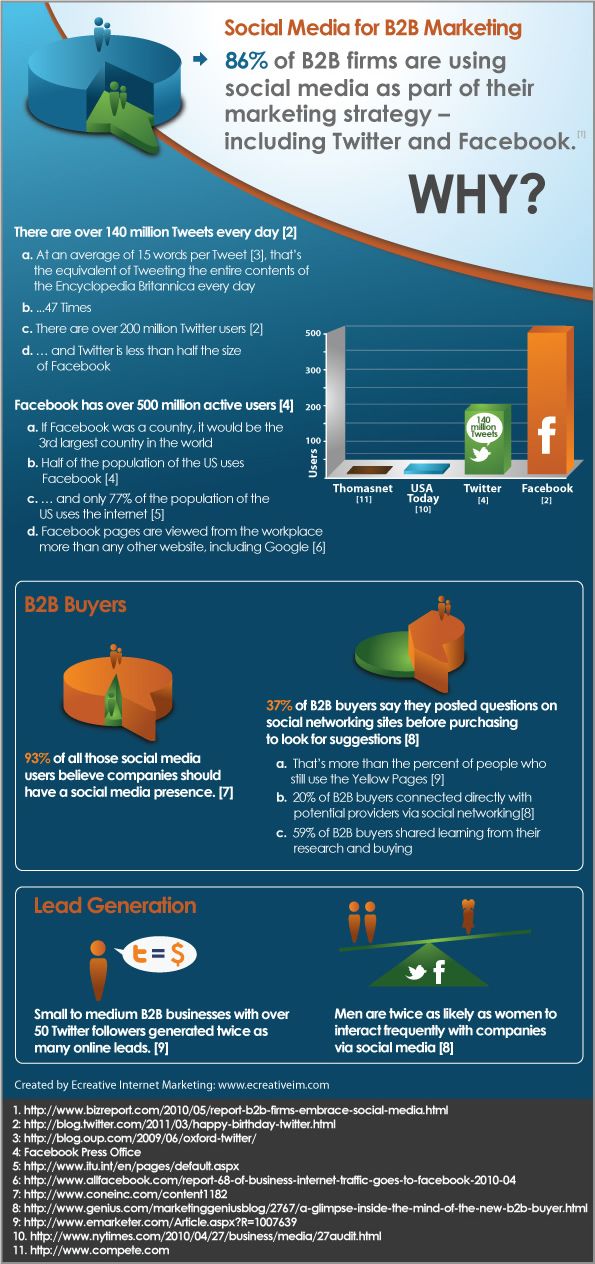
7. Learn the fundamentals of Facebook advertising.
Facebook ad-targeting specificity has come a long way in the last few years. Early on, there were a few hit-or-miss approaches to creating Facebook ads. Now, the platform allows you to choose the type of ad campaign you want to run, detailed objectives and custom audiences.
You can also run multiple versions of the same ads to determine which is more effective and limit the amount you spend by carefully allocating your budget by day and ad.
If this all sounds complex, that’s because it is. It’s crucial to take your time and learn the fundamentals of setting up your campaign properly. Stunning copy and attention-grabbing graphics are no longer enough.
It’s good to understand how Facebook ads work, but if you don’t have the time to stay on top of them and their updates, seek help from a marketer who is skilled with them.
Tip: Some useful tips for hiring a marketing company are to seek references, consider industry expertise and ask for work samples.
How to use Workplace
Workplace has been on the market for a few years and has seen rapid adoption by organizations of all sizes worldwide. According to Meta, more than 30,000 companies use Workplace as their internal team collaboration tool.
Think of Workplace as a supercharged company intranet. It’s designed to look and feel similar to Facebook, making it straightforward for employees to use. The familiar central News Feed is the tool’s primary hub.
These are some of Workplace’s most helpful functions:
- One-on-one video calls or instant messages via the system’s Work Chat
- Project- or department-based groups to centralize communication and facilitate collaboration
- Business application integrations – such as Microsoft Office and Dropbox – that allow users to share presentations, files, and images within Workplace, and make live edits to documents
- External team collaboration, which is great for organizations that partner with outside companies on deliverables
- Livestreaming video capabilities, which are helpful to companies with remote or traveling teams, as you can easily share meetings and announcements with employees at the click of a button
- Video conferencing platforms and collaboration tools (for example, integrating with BlueJeans lets users join meetings from a phone, laptop or tablet while they’re on the move)
Getting started with Workplace
Follow these steps to get started with Workplace:
- Activate and set up your profile.
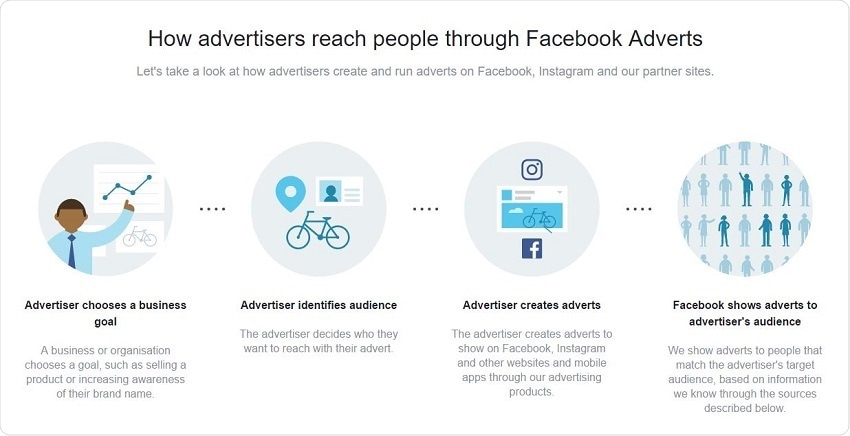 Activate your profile through email or an access code. If you receive an email to join Workplace, click the link and follow the instructions to set up your profile. If your employer gave you an access code, go to Workplace.com and create your account using the code.
Activate your profile through email or an access code. If you receive an email to join Workplace, click the link and follow the instructions to set up your profile. If your employer gave you an access code, go to Workplace.com and create your account using the code. - Download the Workplace and Workplace Chat apps. These apps allow you to stay in contact with your teams and be notified of any important updates. Download these apps on iOS and Android devices.
- Join and create groups. Workplace groups foster communication between work teams. When creating a group, you should determine the purpose and privacy setting.
- Communicate through chat. If you want to communicate with someone faster and in real time, the Chat feature will be more beneficial than posting to the group.
- Manage your notifications. You can change your notification settings to ensure you’re getting the ones you need most while muting the ones you may not need to see.

Best practices
After setting up your business’s Facebook Page and working with the company’s other business tools, it’s time to create content and engage with your followers.
Here are some tips on using Meta’s business tools to market your products and services most effectively.
1. Respond to messages.
With Messenger, it’s quick and easy to reply to customers’ messages. Your inbox is located at the top of your Page when you’re signed in as an administrator.
Messenger is a tool and customers expect you to use it. In fact, the company tracks your Pages’ response rates and times so customers know how quickly they can expect an answer. Messenger is attractive to customers because they expect a fast response, and many people are more comfortable with live chatting than calling.
Facebook recently announced an effort to merge the messaging tools on Facebook, Instagram and WhatsApp. This move emphasizes the importance of using Messenger and these other tools to communicate with customers and answer questions from your followers.
2. Use analytics to determine the success of your campaigns.
Facebook Audience Network is a free analytics tool. It shows data on actions taken, Page views, the number of people you’ve reached and the number of post engagements. This information can help you measure the effectiveness of your social campaigns so you can decide how to improve your posts.
3. Use publishing tools and schedule future posts.
Use Facebook publishing tools to schedule posts to go live in the future. You can also create videos, advertise your business, promote an event, make an offer, write a note and post job applications on your Facebook Page.
It’s crucial to post regularly – at least twice a week. If you find that you’re spending too much time on Facebook each day, try a third-party social media management tool – such as Hootsuite or Buffer. While creating and scheduling multiple posts takes time upfront, it saves you time in the long run.
4. Know your target audience.

Facebook has excellent targeting tools. When promoting a post, you can target specific demographics, locations and interest groups. To have successful ads, you need to know your target audience and use Facebook’s targeting tools to reach those potential customers.
5. Be personable, not just promotional.
Even though you’ve created a Facebook Page to connect with customers and ultimately make sales, your audience doesn’t want to see advertisements. Try to create personable and engaging Facebook posts.
6. Offer giveaways and contests.
It’s challenging to drive organic traffic on Facebook, but regularly running giveaways and contests help. Before you create a contest or giveaway, make sure you understand and follow the company’s rules, or you could get in legal trouble.
Did you know? There are laws and guidelines to follow when holding social media contests and sweepstakes. Check with the social media platform you’re using for specific rules.
7. Create and advertise events.
You can create events as a business on Facebook. Invite anyone to these events, and pay extra to promote them to a targeted audience. Events can be a fun way to engage your audience and turn them into customers.
8. Share relevant content from other sources.
It can be time-consuming to create and share only original content. Curating content from other sources can save time and effort. Networking with other sources can benefit you in other ways, and they may share your content in return.
9. Converse with your audience.
Don’t publish a post and then not open Facebook for a week. Create and share posts to engage with your audience. Respond to comments, questions and concerns. If you’re having conversations with your followers, they’re more likely to become your customers.
The News Feed algorithm prioritizes personal connections and engagement. In short, your posts won’t be seen unless they generate a conversation.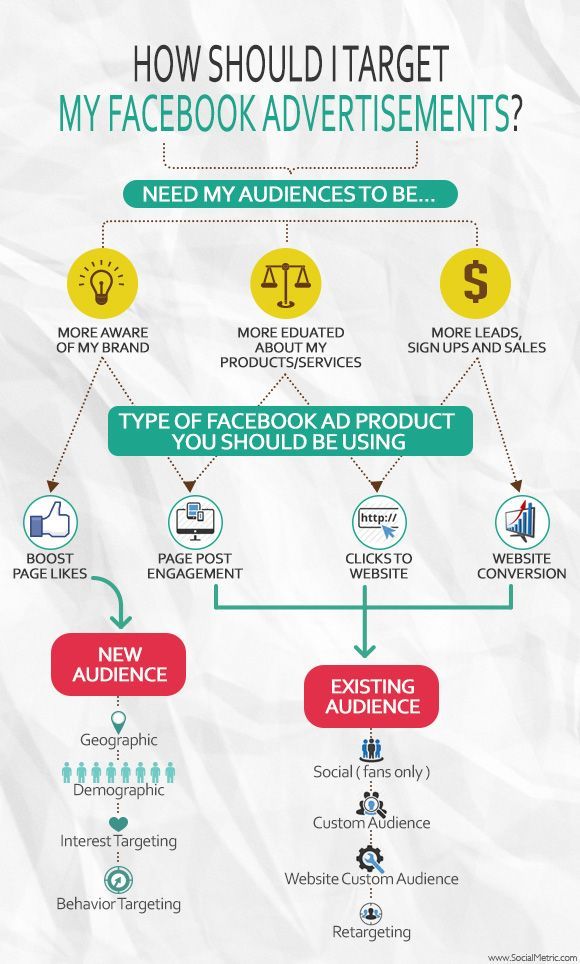
Tip: If you’re looking to track all engagement you have with your customers, consider buying CRM software for your business.
10. Highlight business milestones.
Highlight company milestones and celebrate anniversaries on Facebook. These posts usually engage your audience and will make you seem more personable. If you’re offering special promotions for milestones or anniversaries, promote them on your Page as well.
11. Use Facebook ads.
The best way to reach your desired audience is to run Facebook ads. While these ads cost money, they’re effective because you can choose your target audience based on demographics, behaviors or contact information. Set a daily or overall budget for ads, select the amount of time an ad runs and pick your desired audience. The platform tracks the interactions on each promotion you run, helping you develop highly successful campaigns in the future.
12. Create and post videos.
If you’re scrolling through your Facebook timeline, you might notice a lot of videos.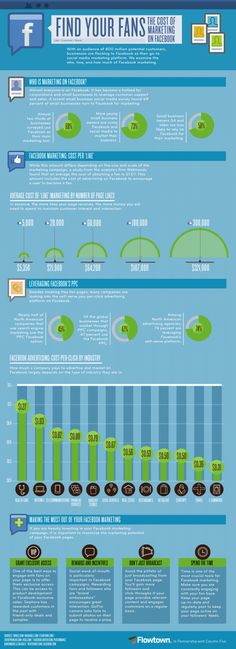 That’s because videos do great on the platform. One way to create videos is through Video ads, which allows you to broadcast to a large audience for free. With Video ads, you can have real-time conversations with followers and give them an inside look at your business.
That’s because videos do great on the platform. One way to create videos is through Video ads, which allows you to broadcast to a large audience for free. With Video ads, you can have real-time conversations with followers and give them an inside look at your business.
Sean Peek, Saige Driver, Stella Morrison and Charell Star contributed to the writing and research in this article.
Benefits of Facebook for Businesses
- Facebook is the largest and most recognized social media network worldwide, making it an excellent entry point for businesses looking to develop their social media strategy.
- Of all the social networks, Facebook exposes your business to the broadest audience and offers the most comprehensive set of business tools.
- Facebook’s business tools help you build your online brand, create meaningful connections with customers and potential employees, and increase overall productivity.
- This article is for small business owners who want to generate brand awareness and create meaningful connections through Facebook.
In recent years, some studies have shown that Facebook can be detrimental to mental health. While spending too much time on the social networking site can be harmful – and the company has historically been terrible at protecting your data – Facebook does have some redeeming qualities for businesses and professionals, especially when used in moderation. In fact, Facebook is one of the best ways to use social media for your business.
Here are 10 ways Facebook can benefit your business and career.
1. Facebook can help build your online brand.
Your online presence is more important than ever as consumer interest in mobile and social media shopping continues to grow, and Facebook may be your best opportunity to get in front of customers near and far.
With Facebook’s over 2.9 billion monthly users, according to Statista, no other social network can offer your business a matching level of potential exposure. As the largest and first social media network to achieve mainstream success, Facebook offers the most integration tools compared to other platforms, including follow buttons, account logins and photo sharing.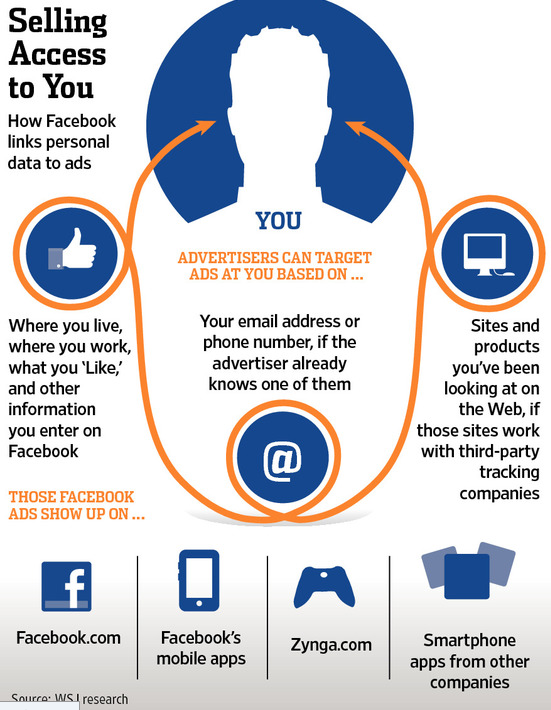 These tools can lead customers back to your business website and other online content you want to highlight.
These tools can lead customers back to your business website and other online content you want to highlight.
Did you know? Facebook’s reach and structure make it the most useful platform if you want to reach an older demographic.
2. Facebook forms professional bonds between competitors.
One of Facebook’s overarching goals is connecting people, whether it’s old friends, current acquaintances or those looking to meet new people. While not every interaction on Facebook is helpful, there are specific instances when its sheer number of users can be beneficial.
Jo Trizila, president and CEO of TrizCom Public Relations, uses Facebook for business and personal improvement. Trizila joined a group of fellow PR professionals in the Dallas area. The group members, who agreed not to steal business from each other, collaborate by sharing tips and advice, such as what reporters to pitch to, insurance policies to consider, and software to implement. All information shared with the group stays in the group.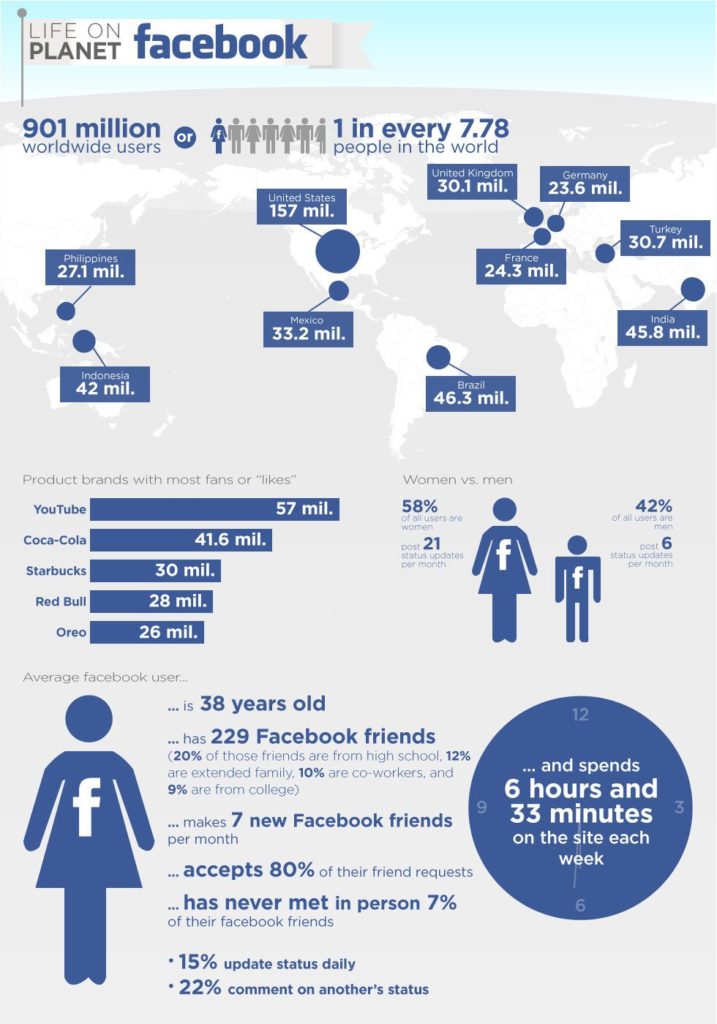
“It truly has been a blessing to meet, collaborate and share thought leadership with my colleagues,” Trizila said.
These PR professionals put their egos aside to help each other and improve the quality of the PR industry in the Dallas area.
Tip: To understand your competitors’ strengths and weaknesses, and to find areas where your business can improve, consider conducting a competitive analysis.
3. Facebook can change preconceptions.
Certain careers carry negative stereotypes. People working as lawyers, politicians or used car salespeople can be seen as dishonest just because of their job. Facebook can help defeat these stereotypes.
“Attorneys are often seen as distant and a bit aloof from the general public,” said Kevin Patrick, owner and founder of Kevin Patrick Law LLC. “To me, though, the key to developing business is making a personal connection. People want to feel like they are human and not just a case number. Facebook has been a great way of making those personal connections.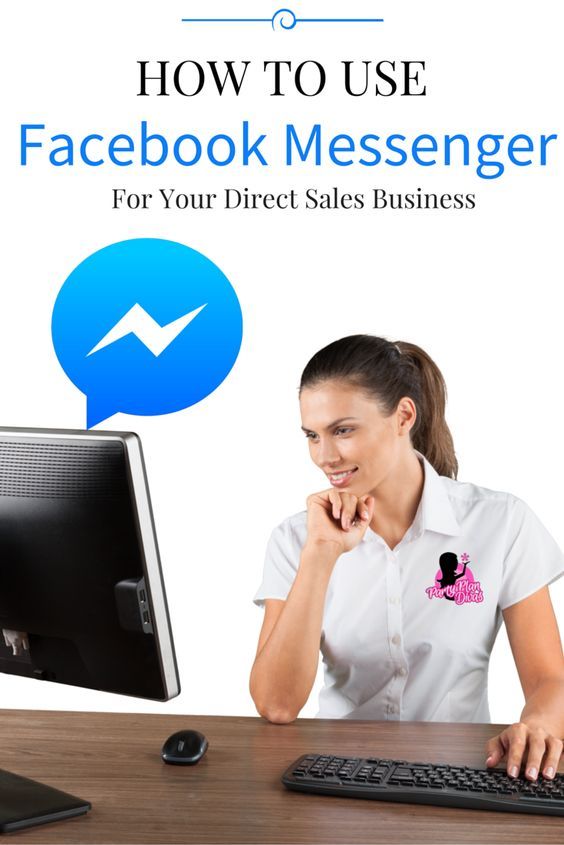 ”
”
Patrick posts content that differs from most law firms. Because he shows who he is and who his employees are, potential customers are more willing to work with the company.
“For example, my law firm page doesn’t include the typical ’10 things to do if you have been in a car accident,’ but rather, we focus our posts on ways we have served the community, such as making meals for the homeless and other volunteer activities,” Patrick said. “For one, it’s the right thing to do, and two, it has helped create a level of trust, and it leads to new cases.”
Tip: The best online reputation management services can monitor, build, and maintain your business’s online reputation, and even repair negative perceptions of your company.
4. Facebook can help you find top job candidates.
While a problematic social media persona may eliminate some candidates, Facebook provides direct access to everyone who follows your brand. This visibility can attract the best potential employees to your company.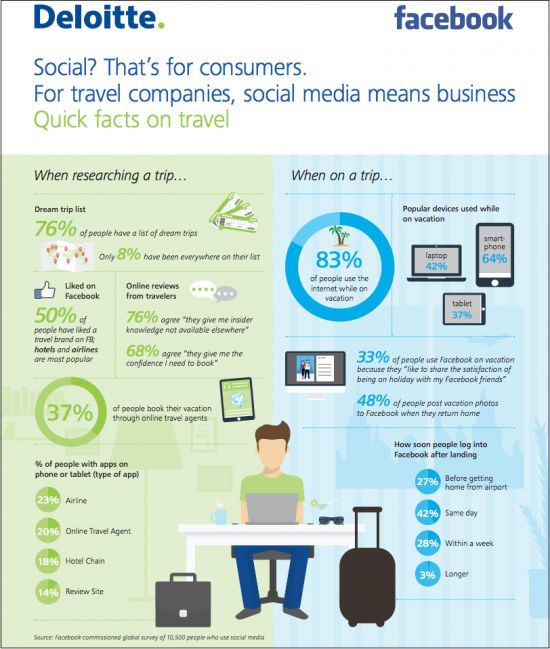
Post job openings on your Facebook Business Page so people who would be excited to work for your company are the first to know there’s an opportunity to join. If they aren’t looking for work, they can use the “like” and “share” features to notify other qualified candidates who might be interested.
Regularly monitoring your Facebook Page can also help you adopt a more focused, proactive recruiting strategy. Check to see which customers engage positively with your brand. Do they post pictures or posts that showcase your product and service? Do your homework and reach out; you might convert a passionate fan into one of your best assets.
Tip: If your company has a brand ambassador program and you’re currently recruiting, see if any ambassadors are seeking employment.
5. Facebook can increase productivity.
While many argue that social media networks only distract employees, the opposite may be true. When employees take breaks to do something that interests them, they tend to be happier and more productive.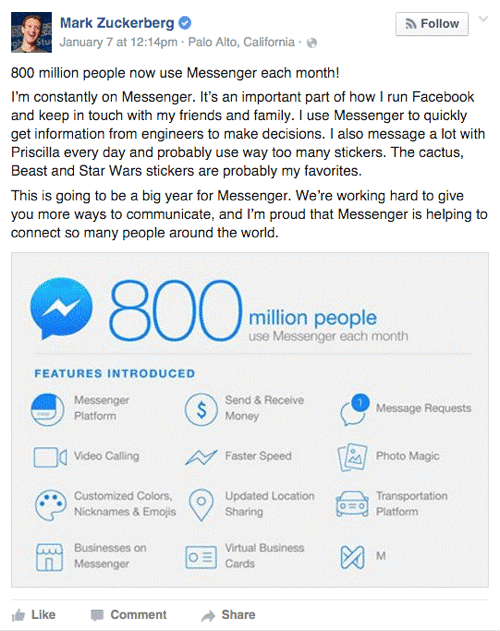 If employees enjoy a quick break to check the Facebook News Feed and feel more connected to friends and family, they may be more relaxed and focused when they get back to work.
If employees enjoy a quick break to check the Facebook News Feed and feel more connected to friends and family, they may be more relaxed and focused when they get back to work.
“Short and unobtrusive breaks, such as a quick surf on the internet, enables the mind to rest itself, leading to a higher net total concentration for a day’s work and, as a result, increased productivity,” said Brent Coker, researcher and lecturer in the management and marketing department at the University of Melbourne.
6. Facebook facilitates lead generation.
Facebook implements lead generation templates directly into its Ads Manager, the portal and hub for creating Facebook ads. These ads can send customers automated messages through Facebook Messenger and then analyze the response, helping you discover what the customer wants in a relatively straightforward process.
For small businesses, this tool is a helpful asset for generating leads without constantly monitoring Messenger or Facebook on the desktop and responding to spam accounts or soft leads.
The automated conversations make it easier for companies to connect to target customers, understand their interests, build an email marketing contact list, and convert prospects into paying clients.
7. Facebook’s Book Now tool makes appointment scheduling easy.
Another key feature on Facebook for small businesses is its Book Now appointment-booking tool. Book Now can integrate with a business’s calendar system and help customers book appointment times or demos when they’re available.
If customers schedule appointments through Facebook, assuming the calendar is accurate, this process can save companies time by reducing the number of phone calls to book appointments or time spent monitoring an online booking system. A handful of automated messages can make the process more straightforward than someone manually scheduling appointments.
After customers book their appointment, they’ll receive a calendar invite and information, directions, and instructions.
Tip: When using Facebook’s appointment-scheduling feature, keep it up to date with any other scheduling application you have, such as Microsoft Bookings, to avoid the risk of double booking.
8. Facebook’s keyword search function helps you find people or content.
Facebook’s keyword search feature makes it easier and faster to find the most relevant content when you need it. It lets you search all types of posts – status updates, photos, videos, news articles and more – using simple keywords, just as you would for a Google search.
To find information on a person, business, event or subject, users type in a simple keyword or phrase, and relevant information will appear. This process makes finding information on a business partner or network connection easier, even if you only have limited information.
9. Facebook offers digital marketing and conversion rate optimization.
Facebook helps users contact and get information directly from businesses through a series of specific buttons on Facebook ads. These features help users communicate directly with small businesses in as little time as possible.
From a business perspective, these features allow companies to expand their reach to new clients, making it easier to convert them with the click of a button.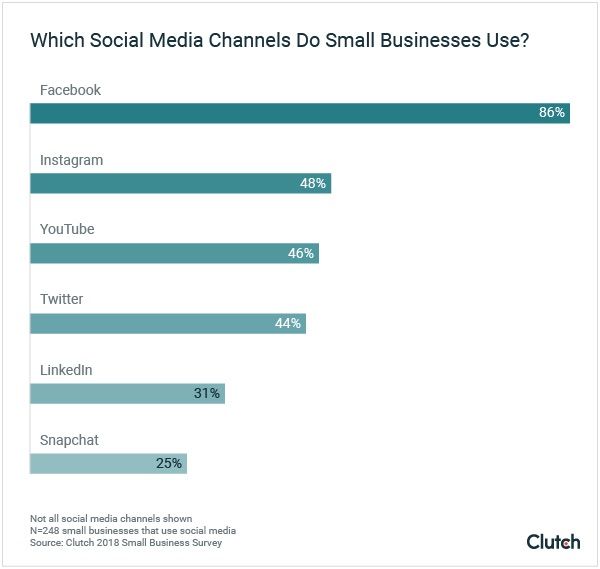 With buttons, businesses can customize their call to action (CTA) based on their communication styles and conversion goals. These CTA buttons include Call Now, Get Directions, Send Messages and Shop Now, among many others.
With buttons, businesses can customize their call to action (CTA) based on their communication styles and conversion goals. These CTA buttons include Call Now, Get Directions, Send Messages and Shop Now, among many others.
10. Facebook Pay makes it easy to get started with e-commerce.
If you want to start selling online through a Facebook shop, Facebook Pay is a straightforward way to jump into e-commerce and start accepting payments. When you sign up for Facebook Pay, it’s easy to link it to your Facebook shop and include it in your payment arsenal.
Anyone with a Facebook account can use Facebook Pay on Facebook, Messenger, or Instagram to buy almost any type of goods and services. When your shop offers Facebook Pay, you’ll have access to many customers and give them an easy way to pay and a speedy checkout process.
Facebook Pay is free to use for consumers and businesses.
Tip: Ways to promote your business on Facebook include creating a Facebook Page, posting consistently and forming a Facebook Group.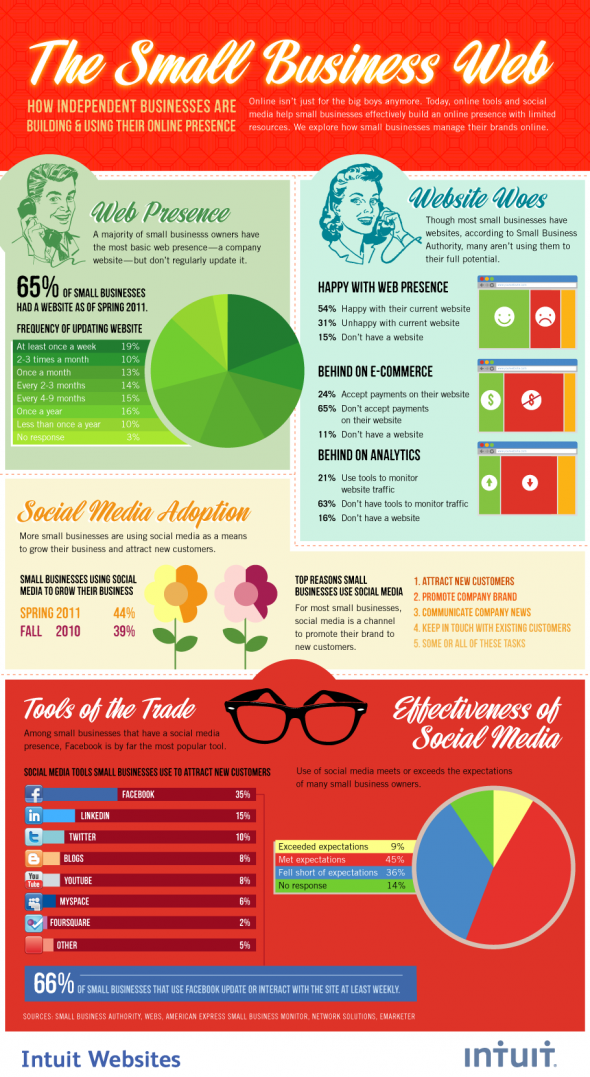
Why Facebook is valuable to businesses
Facebook is a social media networking site that allows users to connect with friends, family, co-workers and others, including groups of people who share similar interests. Users can share pictures, videos, articles and opinions with their friends.
To get the most benefit from Facebook, business owners should understand how it differs from other social networks. When social media networks were first launched, they focused on individual expression. However, Facebook prioritized relationship-building to foster an interconnected online community.
A Facebook Business Page can be an effective small business marketing tool. Here are some of its benefits.
- Connections: Businesses can connect with their customers and target audiences to share updates on hours, sales and promotions, new product offerings, pictures of merchandise, and more.
- Easy notifications and sharing: People who follow your Page receive an instant notification when you post new content.
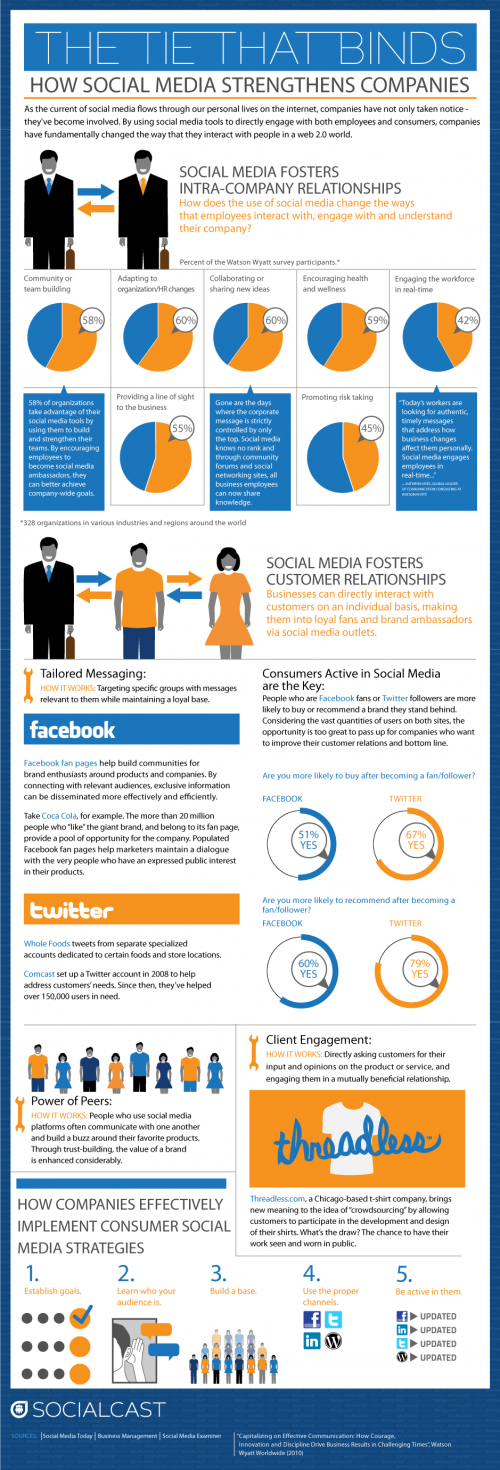 With one click, they can share it with people in their network or a select group of friends.
With one click, they can share it with people in their network or a select group of friends. - Messaging: Customers and followers can comment on your posts and Page and send you direct messages.
- Customer engagement: A Facebook Page can help boost customer engagement. Engaging with followers and answering their questions can immediately elevate a prospective shopper into a loyal customer.
- Visibility: Even followers of your brand who don’t share your updates are public endorsers because their connections can see the brands they follow.
Other social networks may have different purposes. For example, Twitter lets businesses share news or short written blurbs of up to 240 characters. However, Facebook has developed the broadest set of business and networking features. Its feature set exposes businesses to a massive community of consumers and allows brands to engage with shoppers in unique ways.
Sean Peek, Chad Brooks and Jordan Beier contributed to the writing and research in this article.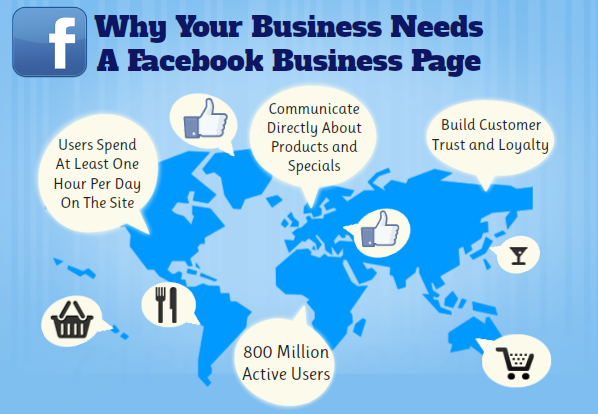 Source interviews were conducted for previous versions of this article.
Source interviews were conducted for previous versions of this article.
audience, types of advertising, how to promote the company
Facebook has applications for mobile devices and tablets, as well as a website at facebook.com.
Facebook audience
The monthly audience of Facebook, according to the beginning of 2021, is about 2.85 billion. Thus, almost a third of the world's population are active users of the social network.
According to Mediascope estimates for April 2021, about 39.7 million Russians access the social network every month, about 7.3 million of them use Facebook daily. nine0003
In total, 54% of Facebook users are women and 46% are men. The most active audience of the social network for 2021 is people over 24 years old.
There are now more than 80 million active business pages on the social network, and 44% of users admit that Facebook influences their purchase decision. At the same time, more than half of the brands (57%) note that the promotion of goods and services on Facebook works effectively.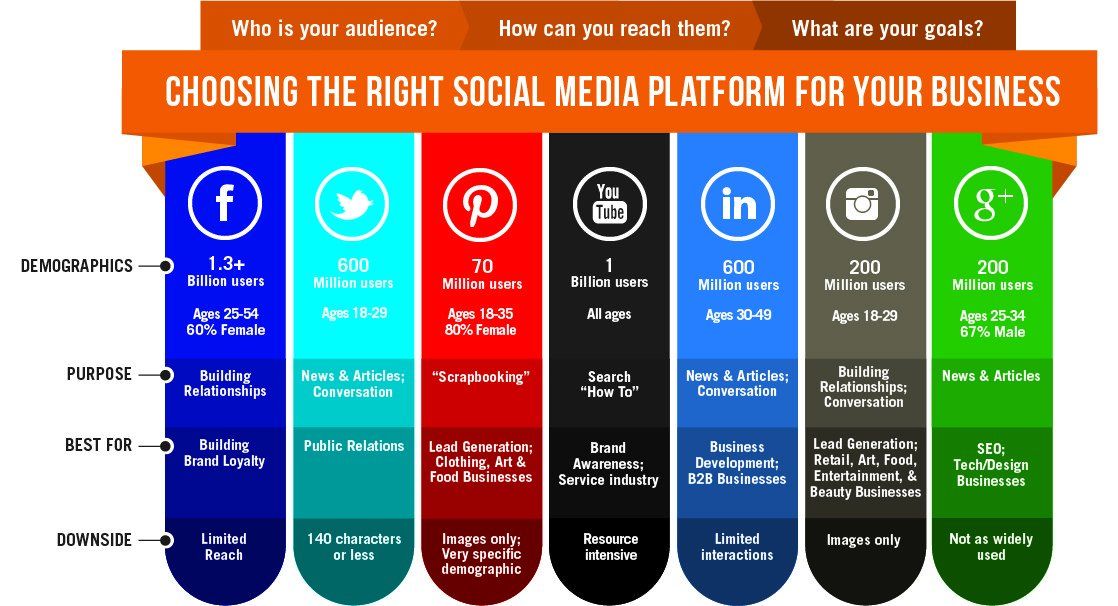
According to a study in 2019, an average Facebook user clicks on 11 ad posts per month. Women click on 14 ads, while men click on 10.
How to promote a company on Facebook for free
Any company can create a Facebook page and develop it: fill it with content, gain followers and build sales. This format will allow you to interact with the audience, introduce them to products, increase brand trust and attract the most relevant audience.
For promotion, it is important to design a community: create an avatar, a cover, develop post templates that take into account the corporate identity of the company. This will increase the recognition of the group and help to stand out from the competition. nine0003
Then the community needs to be filled with content. What can be posted in the community:
-
product reviews in video or text description format with high-quality photos;
-
instructions for using products, such as how consumers can use the product in their daily lives;
-
promotions and special offers ;
nine0025 -
customer reviews : if the feedback is negative, use it to your advantage: show how you improve your business through customer reviews;
-
entertainment content featuring product : for example, follow trends on TikTok and create related videos.
nine0030
company news : new products, entering new markets, vacancies and others;
How targeted advertising on Facebook works
Paid promotion on Facebook will allow you to reach more users of the social network, increase brand awareness, attract new subscribers to the community or visitors to the event, and also increase sales of the product.
Facebook advertising is configured in the Ads Manager advertising account. Facebook is one of the platforms, along with Instagram, Messenger and Audience Network, that show ads created in Ads Manager. nine0003
Ads in Ads Manager can reach a target audience based on their location and socio-demographic characteristics, user interests, interaction with pages and ads of the company on Facebook, and also be shown to users who visited the company's website. If an advertiser has contacts of his clients (email addresses and phone numbers), then he can target them.
Where ads are shown on Facebook
Nine placements are available on Facebook - places where ads are displayed:
-
News Feed is a personalized, constantly updated selection of photos, videos, links and other publications.
 The collection includes posts by the user's friends and relatives on Facebook, as well as by companies and news resources to which he is subscribed. Ad posts with photos and videos are shown between organic posts when a person scrolls through the feed.
The collection includes posts by the user's friends and relatives on Facebook, as well as by companies and news resources to which he is subscribed. Ad posts with photos and videos are shown between organic posts when a person scrolls through the feed. -
Stories is a section with photos and short videos that disappear after 24 hours. Advertising - photos and videos - is shown between the publications of friends, acquaintances of the user and companies. nine0003
-
Facebook right column is an ad unit that only appears on desktops. Only images with a brief description are posted.
-
Group feed is a tab with posts from all Facebook groups the user has joined. Ads are shown only on mobile devices in the feed between other posts.
-
Videos posted on Facebook. Ads are shown during video playback (in-stream).
-
Facebook Marketplace - a marketplace where users can find and buy products, does not work in all countries.
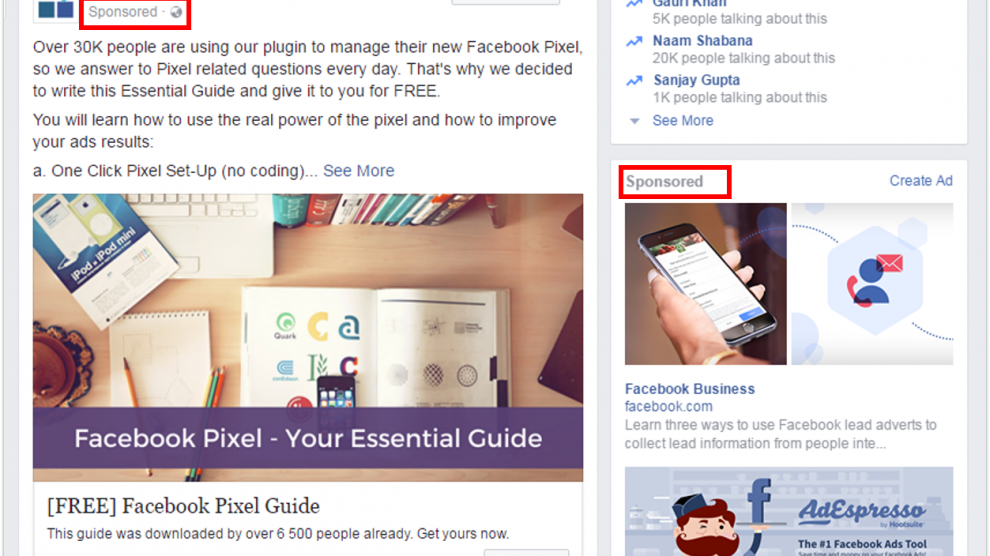 Product ads are displayed between products.
Product ads are displayed between products. -
Video Feeds is a Facebook Watch section and feeds containing only video content. Ads are shown between organic video posts. nine0003
-
Instant Articles are content from approved Facebook publishers in a fast-loading format. Ads appear in the article.
-
Search results for in Facebook general search and Marketplace search.
Ad in the Facebook post feed
Ad in the right block in the Facebook interface
Ad in the Facebook Watch video feed
Instant Article Ad
Marketplace Ad
Facebook Ad Types
How your ad will look depends on the format. In Ads Manager, Facebook distinguishes three main formats:
-
Single image or video . The name speaks for itself: the advertising publication will display one picture or video. You can assemble a slideshow from several images.
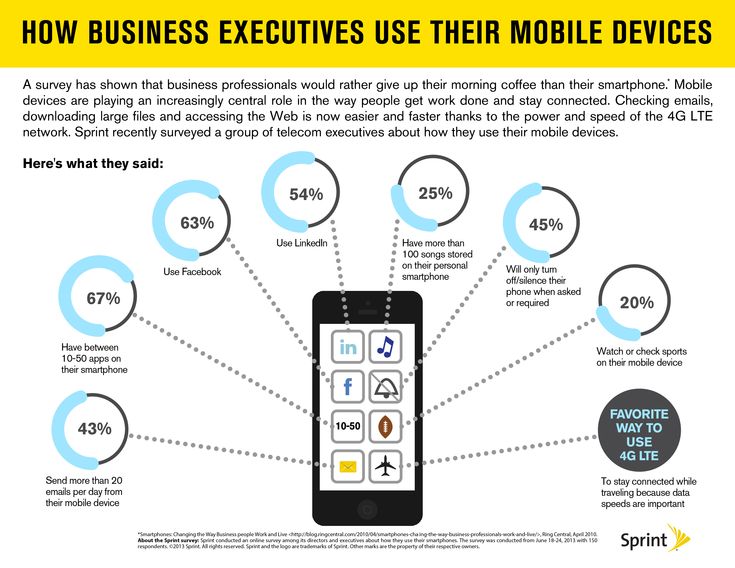 nine0025
nine0025 -
Compilation . Such an ad consists of a cover (image or video) under which several products are shown. After clicking on an ad on mobile devices, a full-screen mini landing page (Instant Experience) opens.
Carousel - 2 to 10 swipeable images or videos.
The ability to display an ad in a specific format is determined by placement. For example, only one image can appear in the right block. nine0003
Depending on the parameters selected in the campaign, you can add a lead collection form (to the campaign with the Lead Generation goal), Instant Experience, call to action, and other settings to your ads.
overview of functions and instructions for creating and setting up an account - OdesSeo
Business Manager - definition and necessity
Business Manager - a tool for companies, brands to manage pages, advertising cabinets, directories centrally.
What is this tool for and what problems can it solve?
The problem that business owners face is that they do not have all the rights to their Facebook resources.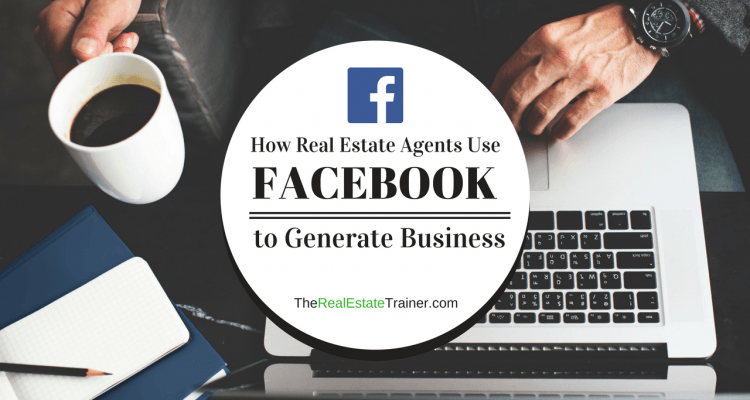 The page was created by an SMM specialist, the advertising account was created by a former marketer and now cannot transfer it to the client's ownership.
The page was created by an SMM specialist, the advertising account was created by a former marketer and now cannot transfer it to the client's ownership.
The only correct solution in this case is as soon as you have created a company page on Facebook, immediately create a Business Manager and manage the company's resources centrally. The issue of restoring access to company resources when changing a marketer or agency will also be resolved. nine0003
To create a Business Manager, follow the link and watch the video on how to create a Business Manager:
Resources in Business Manager are managed in Settings.
Advertising account in Business Manager
There are two ways to create an advertising account - using a profile or in Business Manager.
What are the advantages of an advertising account that you create through Business Manager over an advertising account created by a profile? nine0003
A profile can only be created by one account, but in Business Manager you can create several, the available limit of new advertising accounts can be viewed in the Company Settings.
This is handy if your company has multiple pages and you need to split their budgets. Or when individual specialists or agencies work on advertising for different areas of the company. At the same time, all advertising accounts of your Business Manager can use the pixel to create custom audiences. Within one Business Manager, you can share resources, for example, individualized audiences between advertising accounts. nine0003
The Business Manager admin can grant access to Facebook ad cabinets to profiles that are added as employees.
The Business Manager administrator can assign partner access to the advertising account of his BM to other Business Managers with whom they cooperate.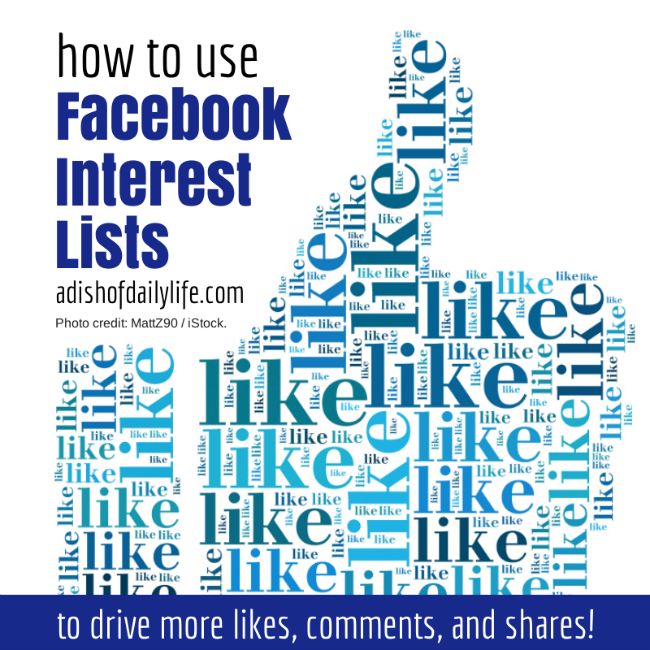
And another significant advantage is that it is possible to create individualized audiences based on data about users and clients only in an advertising account created through Business Manager.
! It is important to remember that an advertising account created in Business Manager cannot be transferred to the ownership of another Business Manager.
In the case of the Company's cooperation with an agency or outsourced marketer, the Company provides partner access, and after the end of the cooperation cancels the access. All resources of the company remain in his ownership.
So, in Business Manager you can:
- create an advertising account - Ads Manager,
- claim rights to advertising accounts that belong to individual profiles or request access to manage them,
- submit a request for partner access to advertising accounts owned by other Business Managers.
Watch the video on how to create an advertising account in Business Manager:
Ads Manager - payment methods
An important point that you should pay attention to is the payment method. As a payment method in Ukraine, you can use:
- Individual's card.
- Legal entity card.
- PayPal
Help about available payment methods in your country at the link
Video on how to add a payment method:
However, if you add a legal entity card to close accounting, you need original documents from Facebook that you will not receive, you can only print invoices electronic.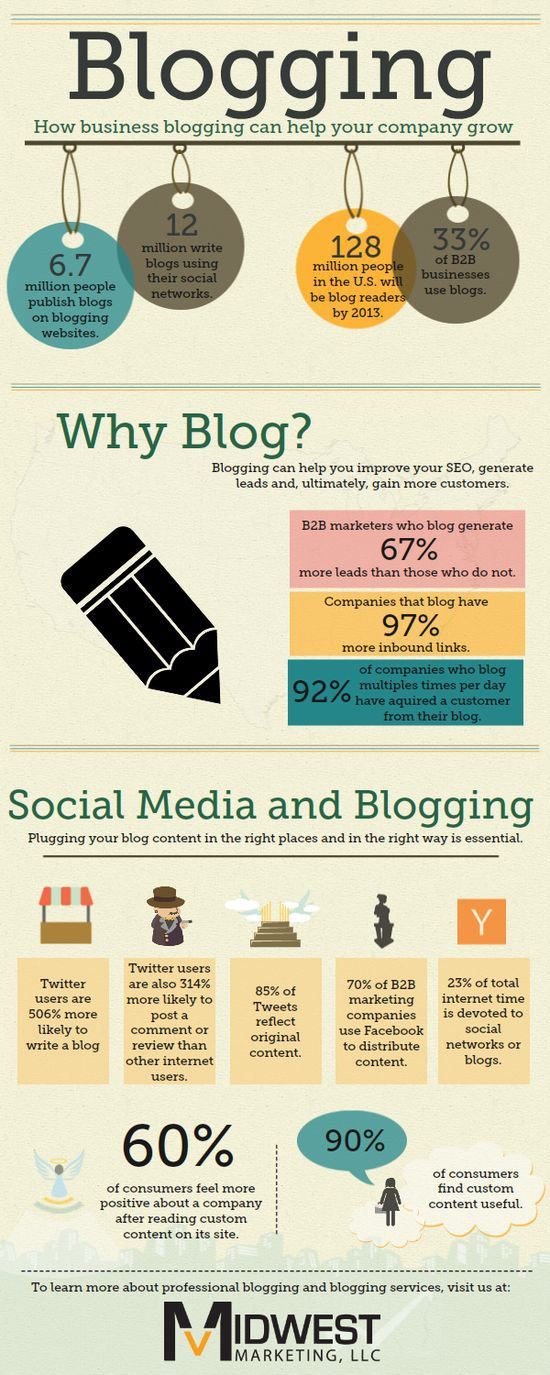
That is why the card of an individual is used more often. In this case, this user must be the owner of the advertising account or the administrator of Business Manager in order to control the spending of the budget from his card. nine0003
You can add an additional payment method, and if there is no money on the main card, the charge will be made from the additional card.
If Facebook fails to withdraw funds, it stops all advertising campaigns in this account and blocks some of the functions for setting up advertising and transferring rights. As soon as you top up the card and make a payment, the ads will be displayed again and all the functions of the advertising account will work correctly.
! A Business Manager that has Ads Manager with outstanding debt blocks the ability to create new ad accounts. nine0003
We recommend creating Ads Manager, Business Manager using the profile of a real person, whose identity can be confirmed by documents, the profile avatar must have his photo.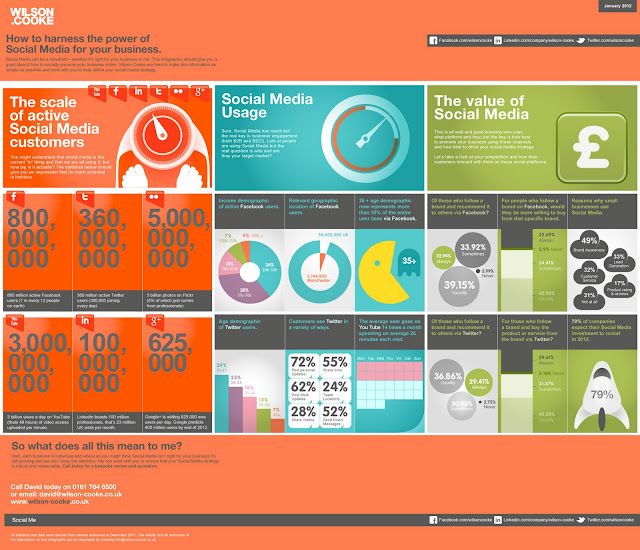 Everything related to the promotion of a business, the launch of advertising, Facebook carefully checks, and for any suspicious activity, a hint of a violation of the rules, it can be blocked. In the case of a real profile, you can easily resolve this issue with support, you will only need to send documents. If the Facebook profile has a fictitious name and a cat on the avatar, the issue will take much longer to resolve, or the problem cannot be solved at all. nine0003
Everything related to the promotion of a business, the launch of advertising, Facebook carefully checks, and for any suspicious activity, a hint of a violation of the rules, it can be blocked. In the case of a real profile, you can easily resolve this issue with support, you will only need to send documents. If the Facebook profile has a fictitious name and a cat on the avatar, the issue will take much longer to resolve, or the problem cannot be solved at all. nine0003
Pages in Business Manager - management and transfer of rights
Managing pages through Business Manager is no different from managing them directly. The convenience is to grant or remove access rights.
In Business Manager you can:
- Add a Facebook page. In this case, you claim ownership of this page, and upon approval of the request by the previous owner, your Business Manager will become the owner of this page.
- Request access to manage the page. The original owner will remain the owner of the page.
 If necessary, he can remove your access at any time. nine0030
If necessary, he can remove your access at any time. nine0030 - Create a page in Business Manager, in this case it belongs to Business Manager.
If necessary, you can transfer a page that belongs to one Business Manager to another Business Manager.
Video on how to request and approve Page access:
Employees in Business Manager
To manage resources in Business Manager, user profiles must be added as employees. An employee can be presented with both the standard access of the Business Manager employees and the administrator access. In this case, he gets full access to all aspects of the Business Manager and can remove and appoint other administrators.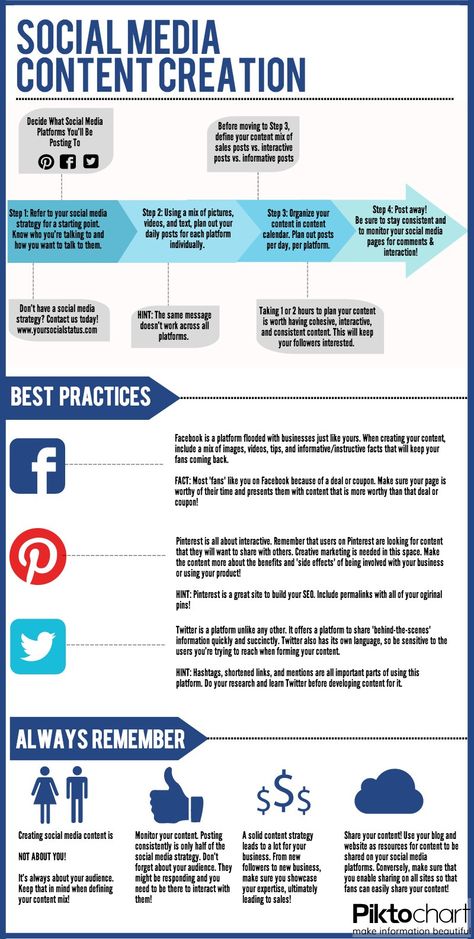 Administrator access is the highest level of access in Business Manager. nine0003
Administrator access is the highest level of access in Business Manager. nine0003
To add an employee, you need the email to which his profile is registered. If the profile is registered to a phone number, you need to link your mail to the profile as well.
The next step is to assign access to resources to an employee. One employee can be assigned access to several resources at once, for example, pages or advertising accounts. You can also adjust the level of access, depending on the tasks performed. Next, the employee must approve the invitation to the business manager, it will be sent to the mail. nine0003
One resource can be shared with multiple employees.
Help about employee roles in Business Manager at
Video on how to add an employee to Business Manager and grant them access to resources :
Partner access in Business Manager
Business Manager resources can be shared with other Business Managers. Once this access is approved, the Business Manager with partner access can assign its employees to manage the resource. Partner access can only be assigned to resources that this Business Manager owns. nine0003
You can open access to a partner in 2 ways:
- by ID Business Manager. The partner will receive a notification from your company about granting him access,
- generate a link to send to the partner, this link is valid for 30 days, can only be used once, and if the partner does not have a Business Manager, he will have to create it.
At the time of assigning a partner, you regulate the level of access, which depends on the goals of cooperation and the tasks that the partner will perform.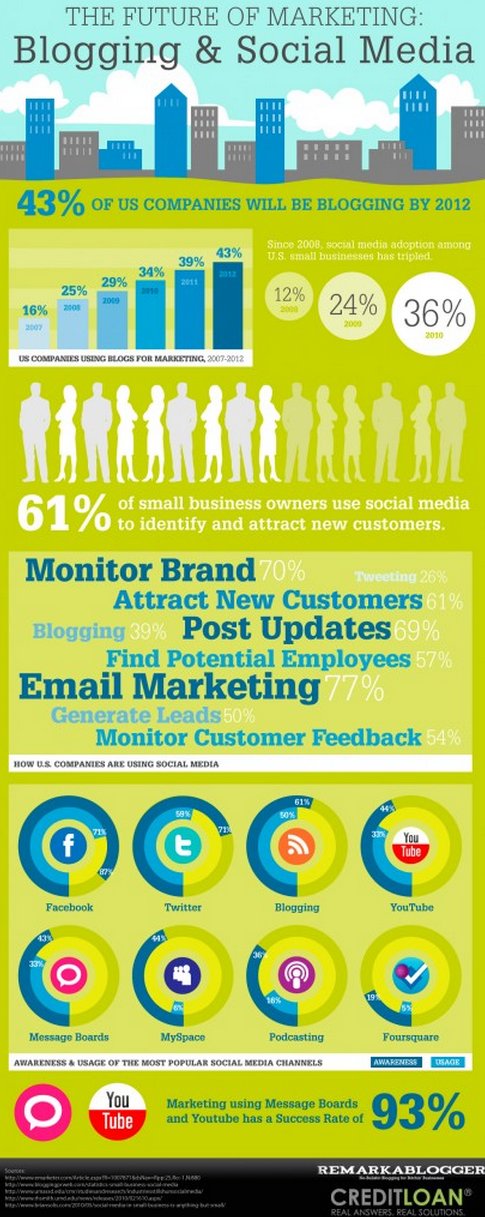 nine0003
nine0003
Partner access can also be opened in the Settings/Users/Partners section. It can be of two types:
- by partner ID, add it and then assign it access to the resources of your Business Manager,
- you request partner access to another Business Manager, so that later, after approval, get access to its resources.
Video “How to unlock or request Affiliate access to Facebook Business Manager”:
In the users section, you can open access to servers or software that need to access company resources via API. They are called system users.
We recommend using Business Manager to manage company resources on Facebook.